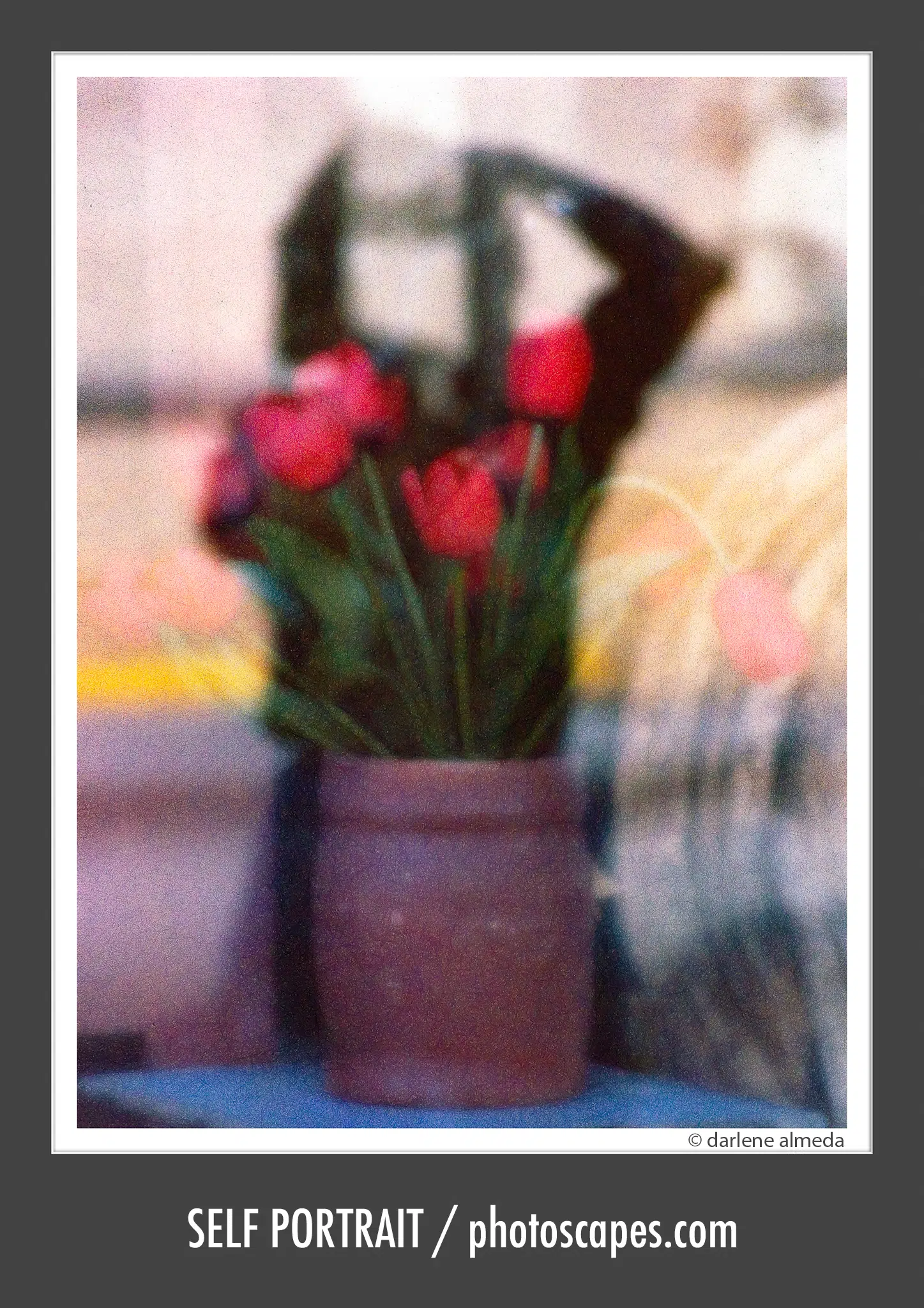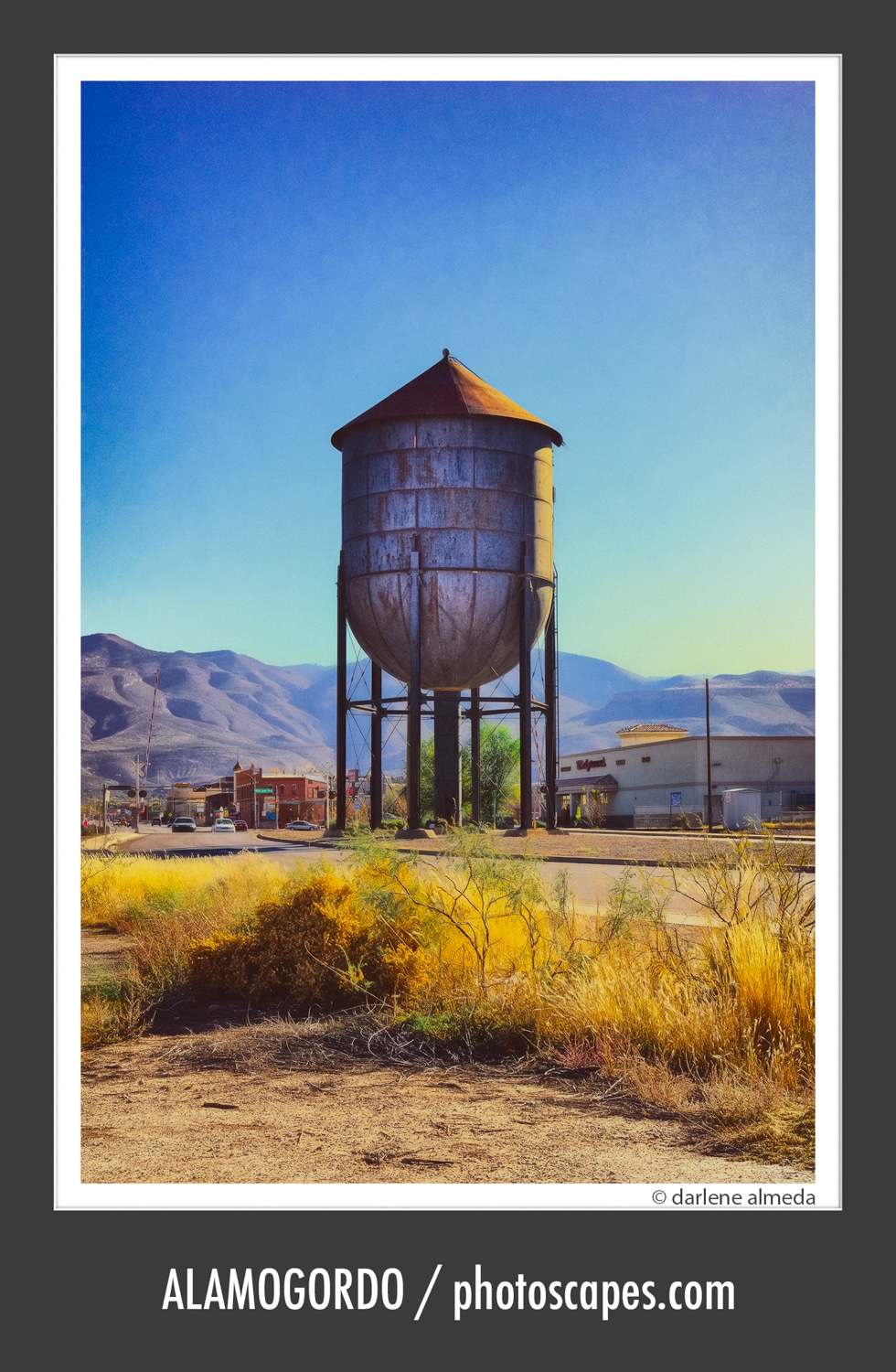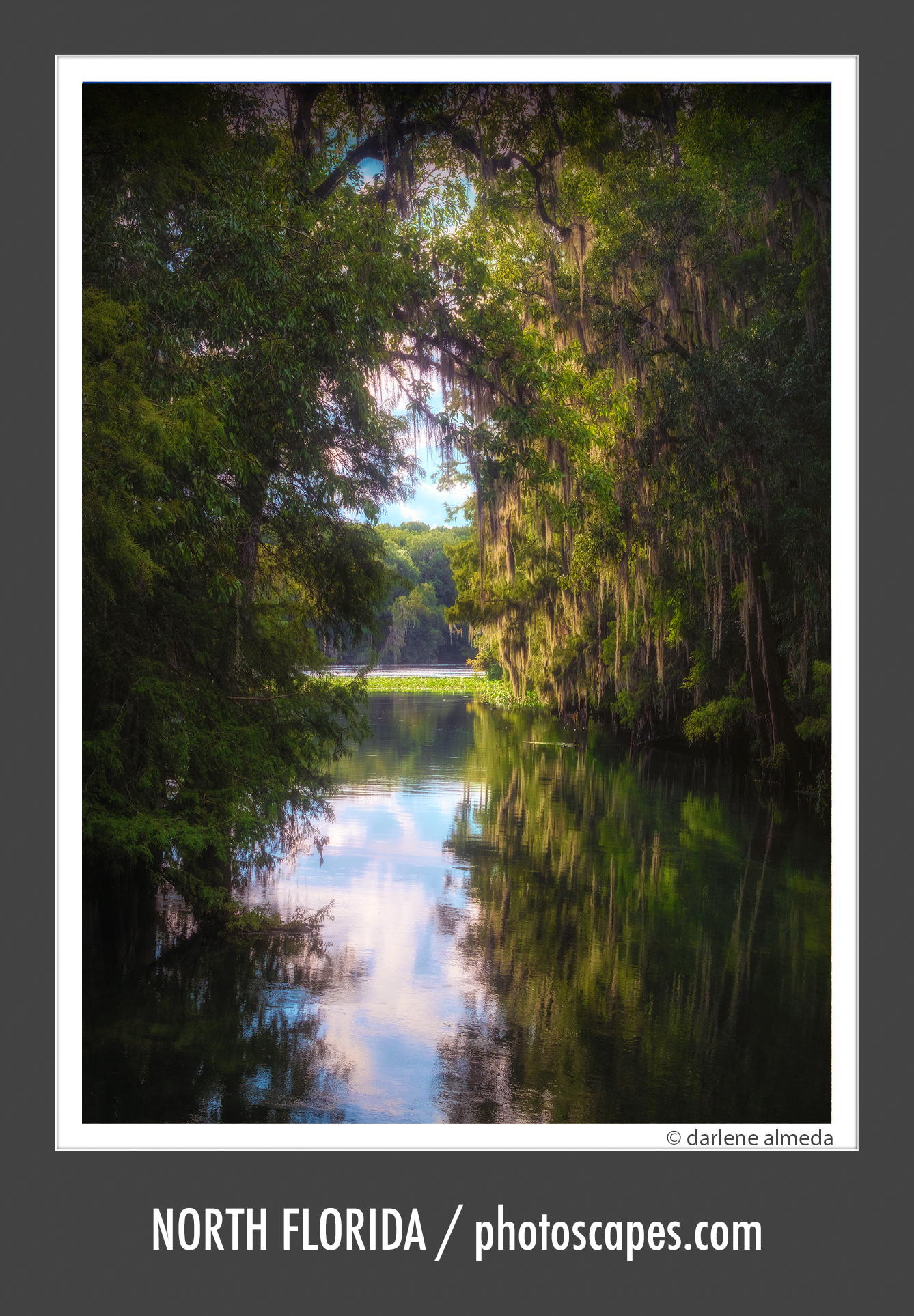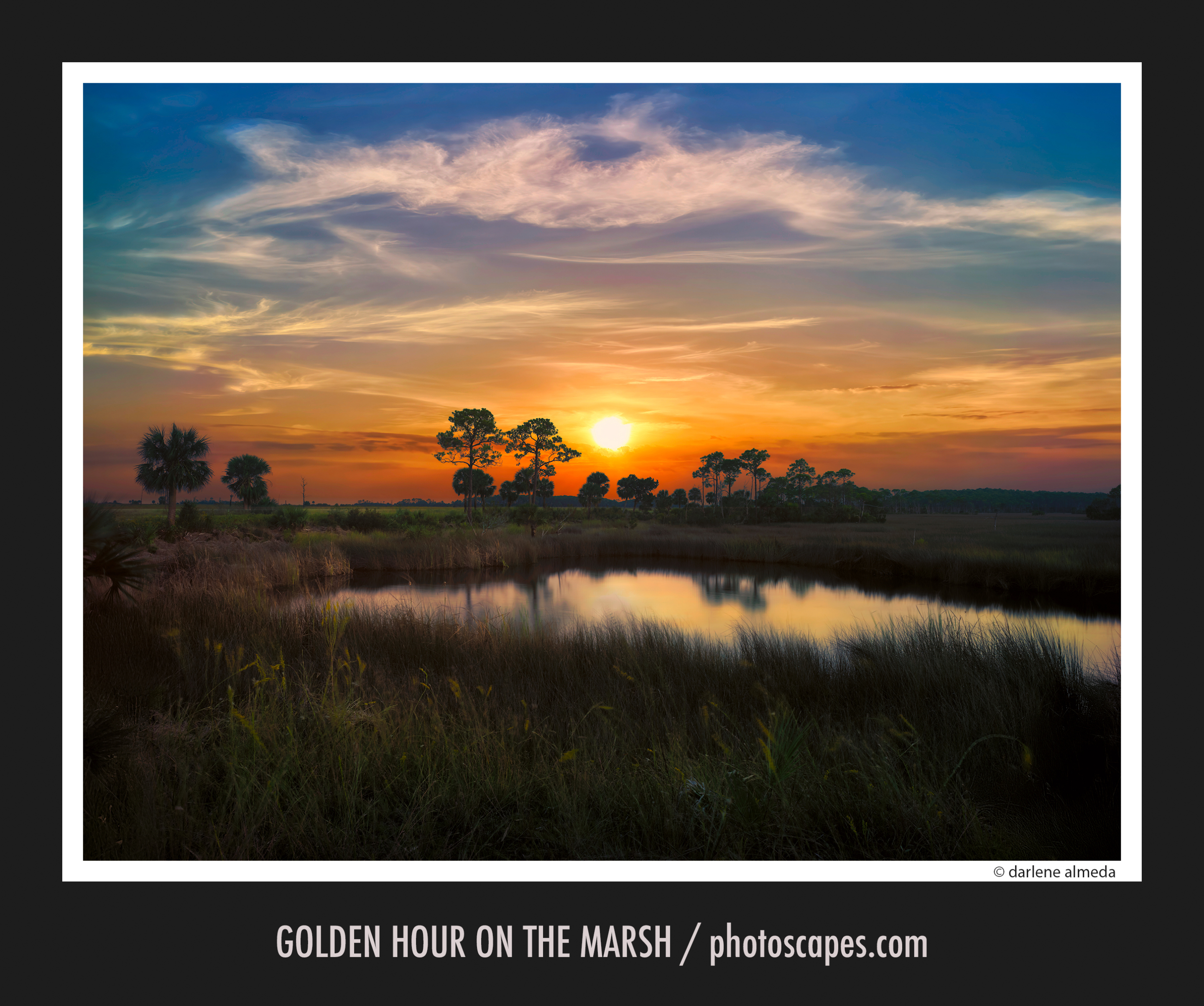
Introduction
ISO speed is one of the most fundamental concepts in photography—and one of the most misunderstood. Alongside aperture and shutter speed, ISO completes the exposure triangle, the foundation for every well-exposed image. But, ISO isn’t just a number on your camera’s screen. It’s a tool of light, signal, and control—one that shapes not only exposure but the mood, texture, and feel of a photograph.
Whether you’re shooting a sunlit landscape at ISO 100 or capturing a dimly lit jazz club at ISO 3200, your ISO setting influences your image’s character. Used well, it can preserve delicate detail. Used recklessly—or intentionally—it can introduce noise and grit that transforms the entire aesthetic.
In this article, we’ll explore ISO speed from both technical and creative perspectives—where it comes from, what it actually does in your camera, and how to use it intentionally to create the images you envision.
ISO in Film vs. Digital
Before digital sensors and LCD screens, ISO—then known as ASA (American Standards Association)—was baked into the film itself. Each roll had a fixed sensitivity rating, such as 100, 400, or 800. Once loaded, that speed dictated every frame on the roll—unless you deliberately pushed or pulled the film in development, altering contrast and grain in artistic ways.
For example, I regularly shot Vericolor III (now known as Portra) rated at 160 ASA but exposed it at 100 ASA for weddings and special events. Slightly underexposing the film gave better tonal balance when photographing a bride in a detailed white gown next to a groom in a black tux—one of many artistic exposures that required thoughtful ISO manipulation.
Digital changed the game. ISO became fluid and adjustable from shot to shot. Instead of swapping film stocks, digital photographers can instantly change the ISO to match lighting conditions or creative intent. The concept is the same—higher ISO allows shooting in lower light—but the mechanics are different.
Raising the ISO in a digital camera doesn’t change the sensor’s sensitivity. It amplifies the electrical signal from the sensor, much like turning up the volume on a quiet audio recording—you get more sound, but also more background hiss. Similarly, high ISO introduces noise: speckled patterns, color shifts, and loss of shadow detail.
Film grain and digital noise behave differently. Grain is part of the emulsion’s texture, often seen as beautiful and expressive. Digital noise tends to be harsher—especially in color. Some photographers simulate grain in post-processing to bring back that organic feel. And while digital sensors today handle high ISO far better than they did a decade ago, understanding these differences across mediums will help you make more thoughtful choices.
ISO and Image Quality
As ISO increases, image quality is often the first thing to suffer. Why? Because when you raise ISO, you’re telling your camera to amplify the light signal it receives—and with it, the imperfections.
What Does Noise Look Like?
Noise appears as random speckles of color or brightness, most visible in shadow areas or smooth surfaces like skies and walls. It can reduce sharpness, flatten contrast, and desaturate colors. Some sensors introduce color shifts or banding at high ISOs, especially in low light or under heavy editing.
Noise Isn’t Always the Enemy
But noise isn’t necessarily bad. Many photographers embrace a bit of grit for mood—especially in black and white. Some post-processing styles even add grain for a filmic effect. Intentional use of noise can add rawness, nostalgia, or tension to an image.
Sensor Technology and ISO Invariance
Modern sensors—especially full-frame and medium-format—handle high ISO remarkably well. They’re cleaner, more dynamic, and recover more data than ever before. Features like ISO invariance let you shoot at lower ISO and lift the exposure in post without adding more noise than if you’d raised ISO in-camera.
I often use this technique, finding that sensors behave similarly to how transparency film once did. When I bracketed transparencies for commercial clients, I often preferred the image that was slightly underexposed—maybe by 1/3 stop or more—for artistic reasons. Digital sensors, when used mindfully, offer similar flexibility.
The Takeaway
In general, use the lowest ISO that allows you to make the image you want. But don’t fear high ISO when it’s needed. Some of photography’s most memorable images weren’t made at ISO 100—they were made at the right ISO for the job.
Choosing the Right ISO
Knowing when to change ISO can make the difference between a clean image and a missed moment.
ISO as Your Backup Plan
Start with a low ISO for maximum quality, but don’t let it lead to blur or missed exposure. When you can’t use a tripod, need a fast shutter, or have limited light, raising the ISO is often the better trade-off.
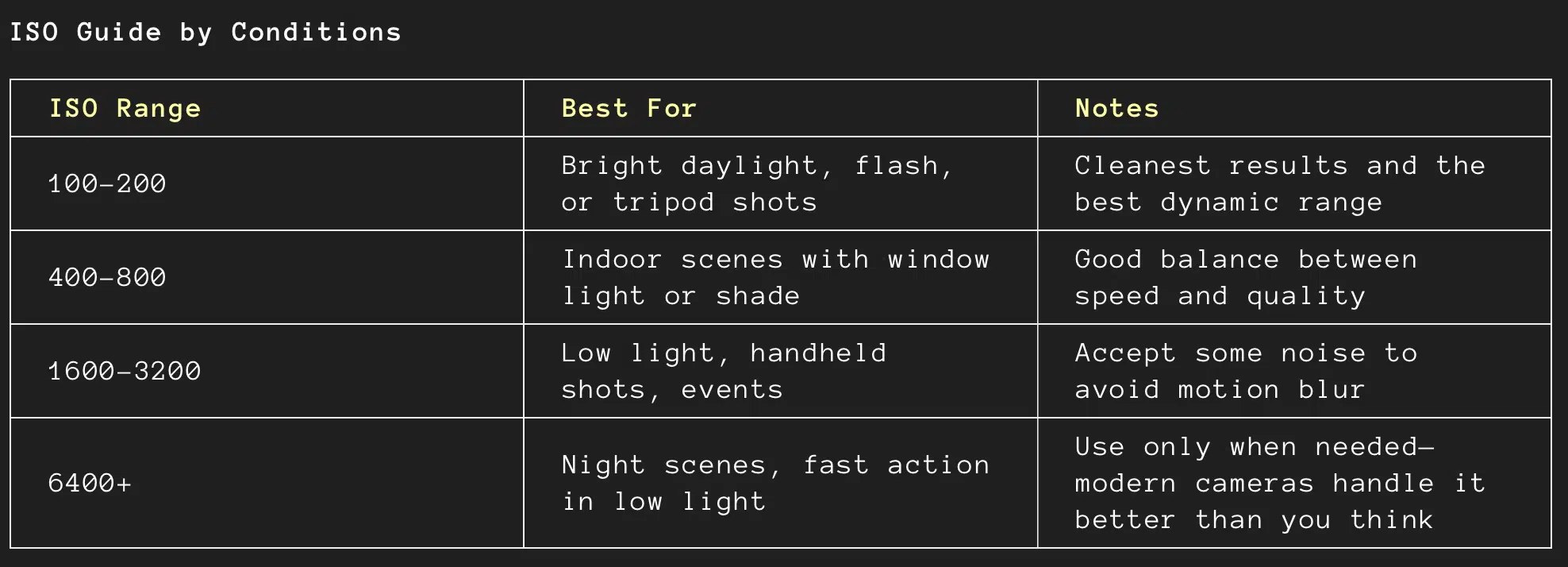
Consider Auto ISO
Auto ISO can be a powerful tool, especially when paired with manual aperture and shutter settings. Most systems let you set limits so the camera doesn’t exceed what you consider acceptable.
Know Your Gear
Every camera handles ISO differently. Test yours by shooting a controlled scene at different ISO levels and reviewing the results on a large screen. You’ll quickly learn where the balance between clean and noisy begins to tilt.
ISO and Dynamic Range
ISO doesn’t just control brightness—it directly affects how much tonal information your camera can capture.
What Is Dynamic Range?
Dynamic range is the span between the darkest shadows and brightest highlights your camera can record without clipping. At your camera’s base ISO, dynamic range is at its peak, allowing you to recover details in both ends of the tonal spectrum.
How ISO Affects Dynamic Range
Higher ISOs raise the noise floor, making shadow recovery harder and causing highlight clipping to happen sooner. Like cranking the volume on a quiet track, you’ll hear more, but also more hiss.
Implications for Post-Processing
ISO 100: Great shadow detail, graceful highlight recovery.
ISO 3200: Shadows muddy, colors flatten, recovery options narrow.
If you plan to edit heavily or shoot in high-contrast scenes, a lower ISO preserves more information to work with.
Creative Uses of ISO
ISO isn’t just technical—it’s expressive. From silky water to gritty street scenes, ISO influences atmosphere.
HASSELBLAD 907x + SK 35/5.6 XL @ ISO 100
Low ISO for Stillness and Clarity
Tripod-based images at ISO 100–200 invite softness and serenity. Long exposures allow clouds to streak, water to blur, and light to wrap around a still subject.
Use cases:
- Waterfalls and rivers
- Architecture with rich shadow detail
- Landscapes with high tonal fidelity
HASSELBLAD 907x + XCD 45 f/4 P @ ISO 400
High ISO for Mood and Movement
High ISO speaks to urgency. It’s for moments that don’t wait—street photography at night, intimate indoor portraits, fleeting glances caught in difficult light.
Use cases:
- Dim alleyways or candlelit interiors
- Fast-paced events or performance photography
- Documentary or raw emotional moments
FUJIFILM X-PRO3 + TOUIT 50M/2.8 @ ISO 1600
ISO as Exposure Control
ISO is also a creative bridge between shutter speed and aperture. Need a fast shutter speed in low light? Raise ISO. Want to shoot wide open on a bright day? Lower it. ISO empowers choice.
NIKON F3 + 50mm f/1.4 + FILM ASA 1000 + PUSH 2 STOPS
ISO as Style
Some photographers embrace high ISO as part of their style—especially in black-and-white or photojournalistic work. Others aim for the cleanest possible file. Both are valid. The key is knowing why you’re choosing it.
Image Comparisons: ISO in Action
To see ISO’s effects firsthand, I created a still-life scene featuring a Pentax K1000 camera and ceramic canisters placed under soft daylight near an open door. The images were captured using a Fujifilm X-Pro3 paired with the XF 18–55mm f/2.8–4 lens. The camera’s lowest native ISO is 160.

#1 Crisp, clean, no noise. Rich shadows.

#2 Slight noise in shadows, usable.
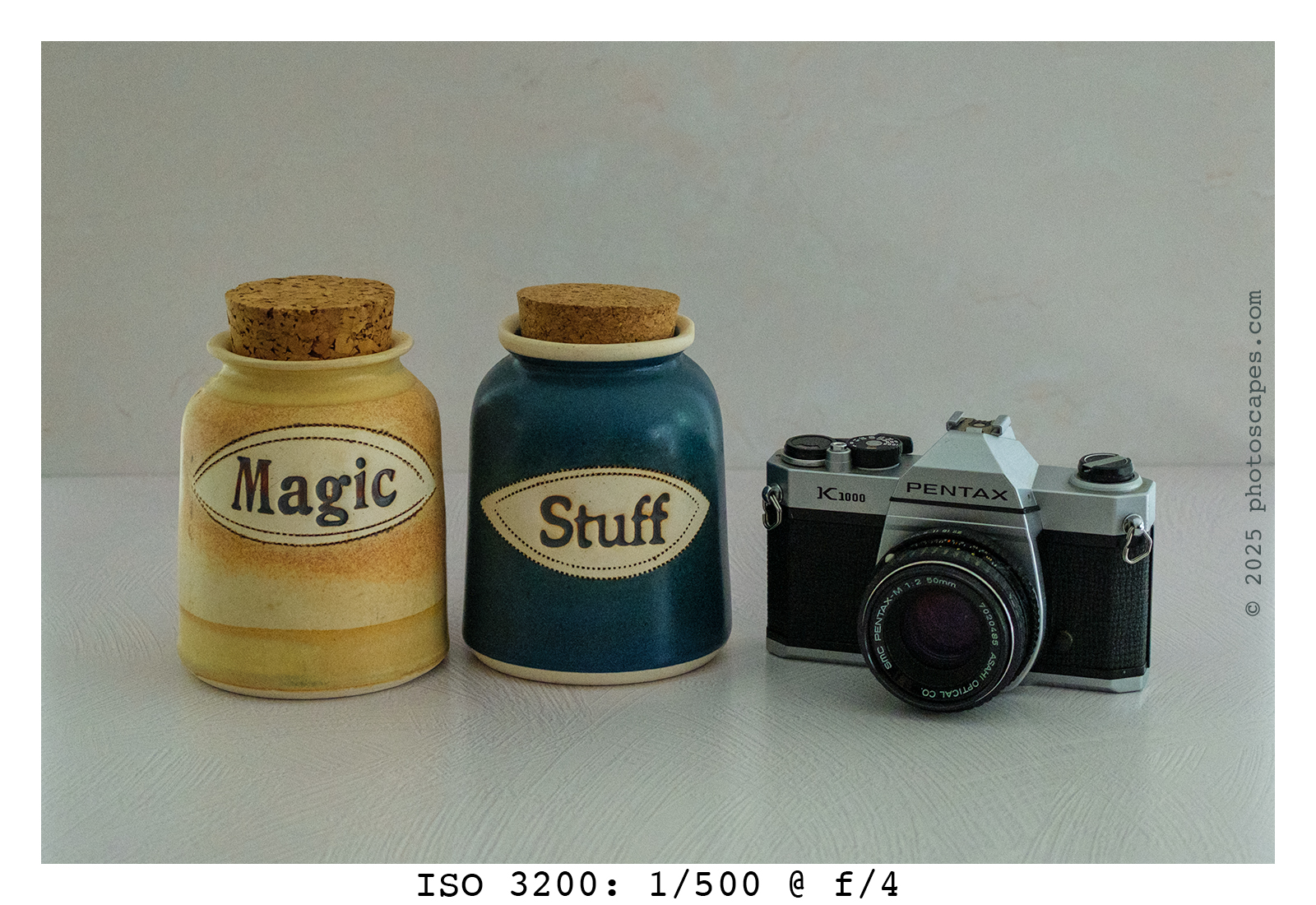
#3 Noticeable noise, some desaturation.

#4 Heavy noise, midtone graininess.
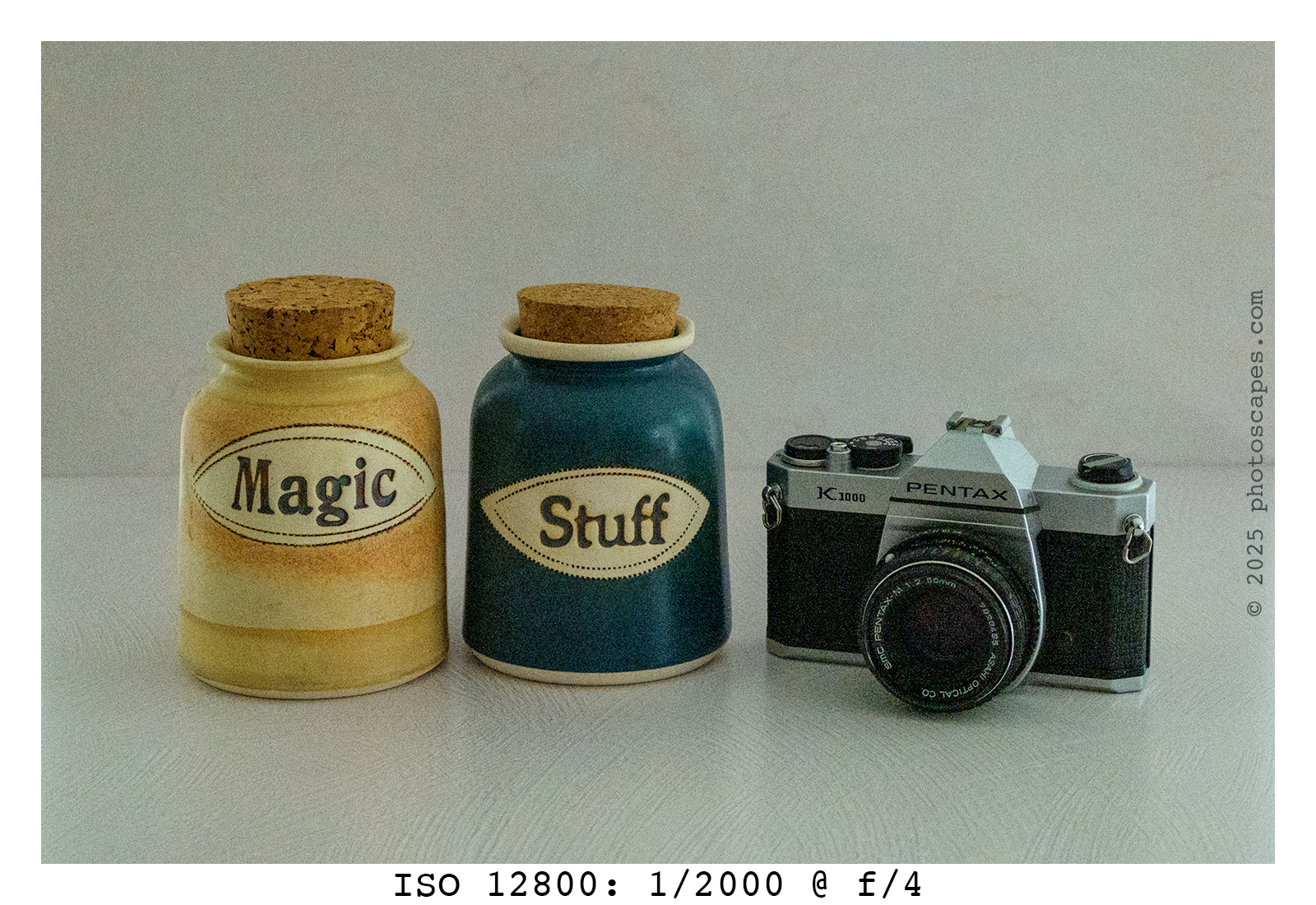
#5 High contrast, detail loss in highlights and shadows.
What to Look For When Using High ISO:
- Grain/noise in shadowed areas like lens grooves.
- Text clarity on the camera body.
- Shifts in color, especially in neutrals or skin tones.
- Loss of fine detail across the tonal range.
I Goofed @ 12800!
NOTE: The graphic banner images at the top of this post were accidentally shot at ISO 12800 because I forgot to reset my ISO to 160 after doing the test shots above. ???? Instead of reshooting (because who has time for that when getting paid is not on the agenda?), I figured—why not lean into it? So here it is, a happy little mistake that proves even ISO 12800 can work in a pinch. You can get away with it! And now you don’t have to make the same mistake… unless you want to. ????
Final Thoughts
Though ISO has its roots in standards and signal amplification, it is—at its core—a creative decision. It offers flexibility, freedom, and the ability to adapt to changing light or a spontaneous moment.
Defaulting to the lowest ISO is a safe and often wise choice. But don’t let that mindset limit your vision. ISO is a dial not just for brightness but also for voice, feeling, and intention.
Every photograph is a conversation between light and emotion. ISO is just one more voice in that dialogue—sometimes precise and clean, sometimes bold and gritty—but always ready to serve the image.

